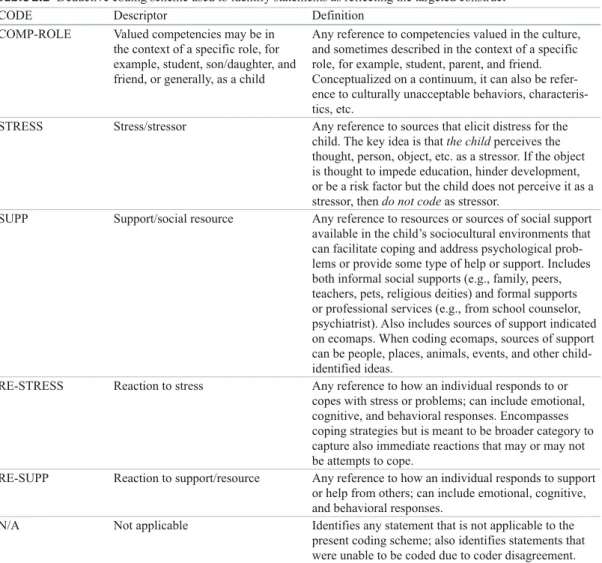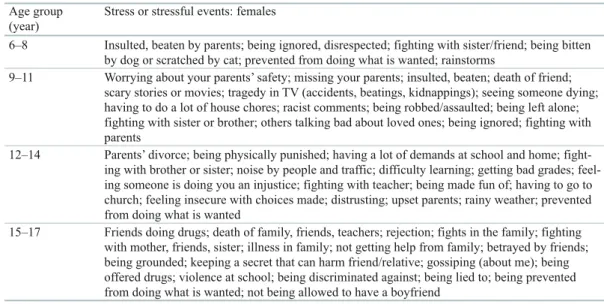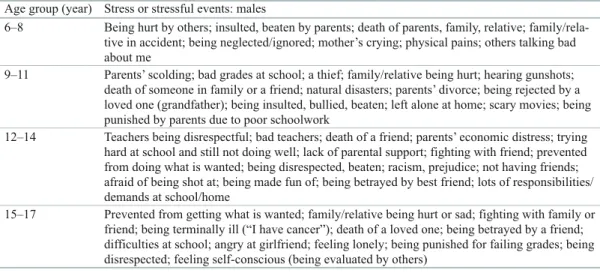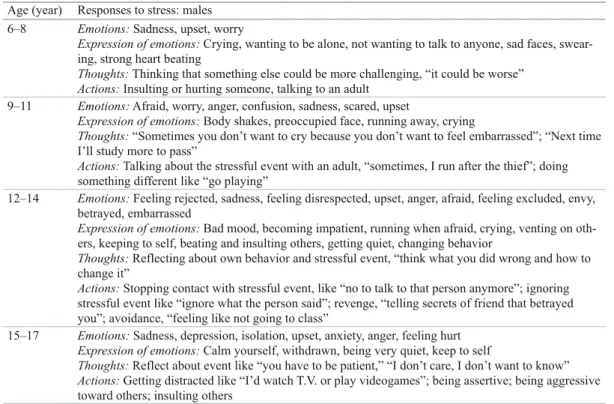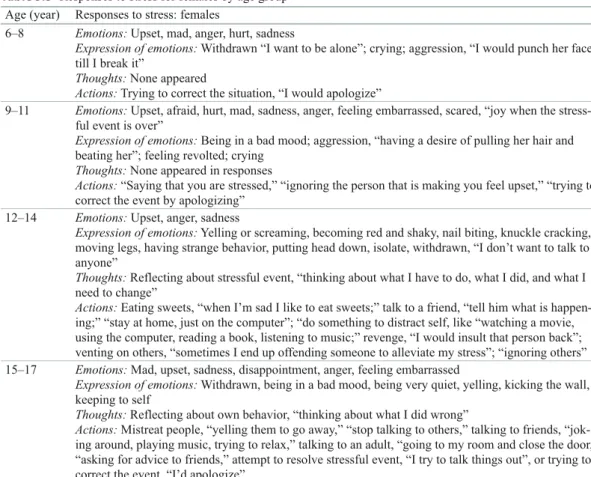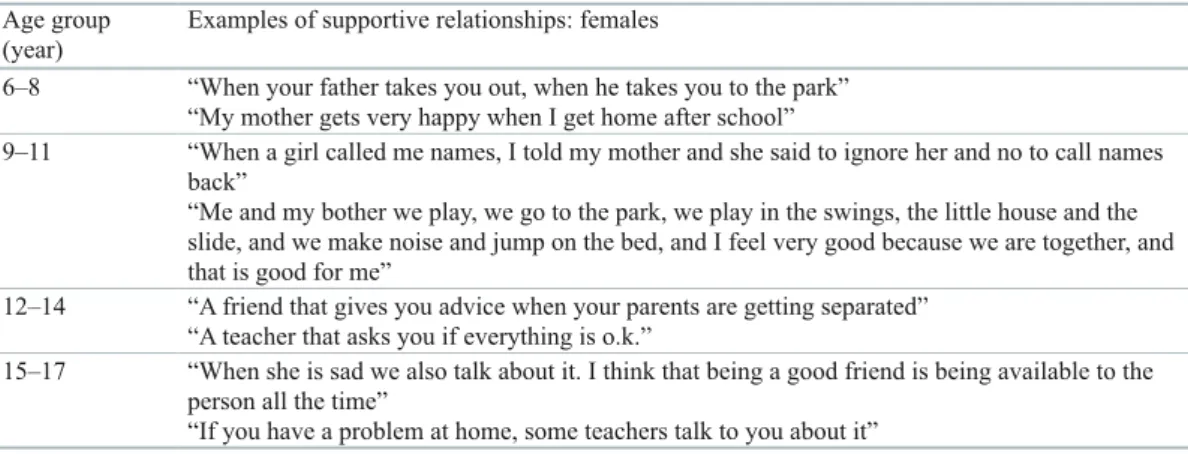Amanda Clinton, PhD, (University of Georgia, 2001, School Psychology) is Associate Professor in the Department of Psychology at the University of Puerto Rico, Mayagüez. Verlenden, MS, (Tulane University, Psychology, 2013), MS Ed (Loyola University, 1999) is a PhD student at Tulane University in the Department of Psychology.
Introduction to the Promoting Psychological Well-Being
Several considerations framed our work: the global status of children's mental health1; policies and initiatives of the World Health Organization (WHO) and the United Nations (UN) regarding the well-being of children; Most countries outside America and Europe lack a system of services to address the mental health needs of children and adolescents.
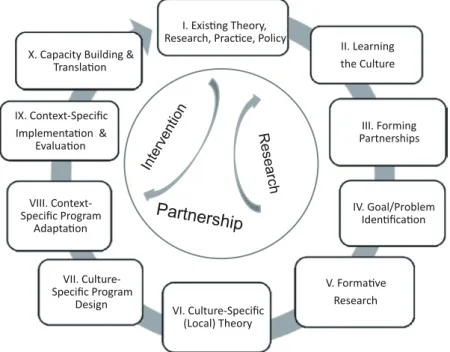
Existing Theory, Research, Practice, Policy
The exosystem (outer gray circles) refers to the systems that comprise the microsystem and indirectly influence the child and the interactions within the microsystem (e.g., school (light gray), school district (dark gray)). Particularly relevant to the PPWBG project and to this book is the child's right to participation.
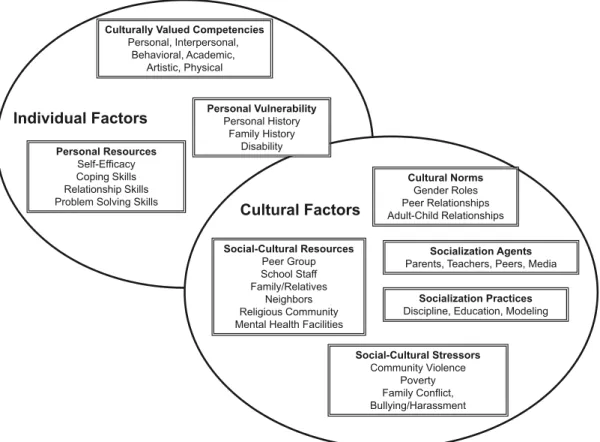
Learning the Culture
These rights in particular focus on ensuring that children can actively participate in the realization of their rights and as adults take an active role in society. The inclusion of children as key participants in this research project was intended to ensure that children's voices were central to our understanding of PWB and subsequent intervention efforts, consistent with Alderson's (2012) concept of research that respects rights (see Nastasi, 2014, for in-depth discussion of empowering children's voices through research).
Forming Partnerships
Goal or Problem Identification The fourth phase, identifying the goal or prob-
Formative Research
Culture-Specific (Local) Model Development
Radliff (Eds.), School psychology and social justice: Conceptual foundations and tools for practice (pp. 29-52). Department of Health and Human Services, Office of the Surgeon General, Substance Abuse and Mental Health Services Administration.
The Promoting Psychological Well-Being Globally Project
Approach to Data Collection and Analysis
- Deductive Coding
- Inductively Derived Culture- Specific Themes
- Relational Analysis Among Inductive Codes
- QUESTIONS ABOUT EMOTIONS 1. Ask the group to a brainstorm a list of feeling
- QUESTIONS ABOUT SOURCES OF DISTRESS
- INTRODUCE ECOMAP—WHOLE GROUP
- GENERATING ECOMAPS—INDI- VIDUAL ACTIVITY
- GENERATING STORIES—INDI- VIDUAL ACTIVITY
- Coding: Generating Themes The purpose of thematic analysis is to generate
What is the role of community/society in do?]. help children develop these qualities [as listed in #1]. What is the role of community/society in helping children develop these qualities [as stated in #1].
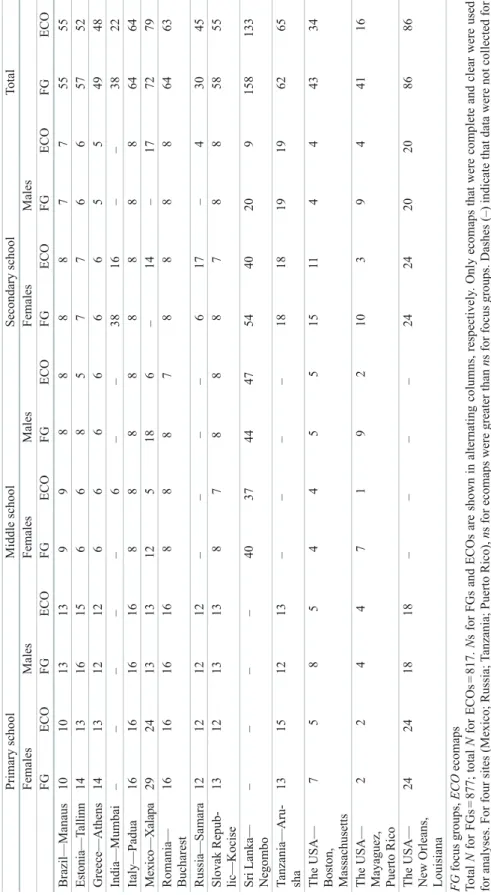
Psychological Well-Being in Children and Adolescents in
It is our expectation that the findings presented in this chapter contribute to a better understanding of children and adolescents' psychological well-being in Brazil. These findings support the idea of developing programs to protect and promote children and adolescents' psychological well-being.

Psychological Well-Being of Students in Estonia
Perspectives of Students, Parents, and Teachers
School administrators and health support staff responded to questions about the definition of psychological well-being and ways the school can facilitate the development of well-being. In addition, individual interviews with school administrators and support staff provided data on definitions of the construct, psychological well-being, and suggestions for promoting psychological well-being of the school-aged population. School administrators and support staff responded to questions regarding the definition of the construct of psychological well-being.
Furthermore, this study sought initial solutions and ideas to promote psychological well-being in only one Estonian school.
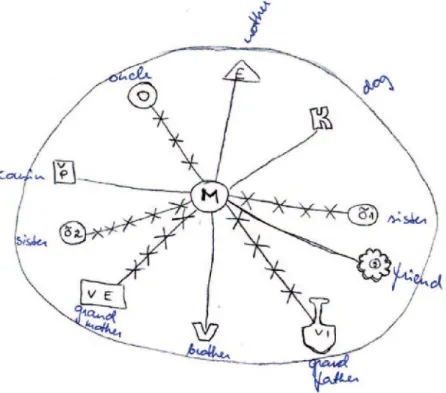
Psychological Well-Being Among Greek Children
Current research on psychological well-being in Greece is relatively limited and focuses mainly on the adult population. One study looked at the relationship between the subjective well-being of parents and children (Karademas, 2009). It was found that fathers' levels of stress and mothers' levels of life satisfaction were associated with children's well-being.
The current project was mainly led by four Greek psychologists who work at the University of Athens and share an interest in the topic of psychological well-being.
Stay or Go? Finally, ado- lescents raised a very important issue related
In addition, romantic relationships appeared to have a positive and negative influence on girls' psychological well-being. Furthermore, research confirms the importance of perceived support from teachers for youth well-being (De-Santis, Huebner, & Suldo, 2006). The role of social support in well-being and coping with self-reported stressful events in young people.
Promoting well-being in the school community: implementing a system-level intervention.
Sexual Health, Gender Roles, and Psychological Well-Being
Voices of Female Adolescents from Urban Slums of India
This study aims to advance understanding of sexual health and psychological well-being through the direct perspectives of adolescent girls. Finally, in the data analysis phase, in addition to deductively coding the etic constructs related to psychological well-being (e.g., stressors and supports), sexual health and interpersonal relationships were coded. It is striking that many of the stressors overlap with the above-mentioned sexual health and gender role themes.
First, to understand the adolescent girls in the study, it is essential to realize the interactional relationship between sexual health and gender roles.
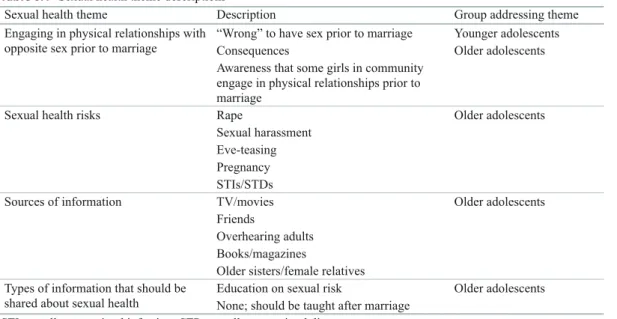
3V\FKRORJLFDO :HOO%HLQJ
In the analysis process, the statements of the study participants were often important for understanding gender roles and sexual health. Many of the stressors and supports identified, and even how girls respond to stressors, are related to gender roles and/or sexual health. Similarly, many of the supports identified, such as “feeling happy when parents choose a suitable husband”, are also related to sexual health and gender roles.
In addition, it is important to recognize that an individual's psychological well-being, including the way she responds to stressors, can affect her sexual health and the way she responds to socially prescribed gender roles.
6H[XDO +HDOWK
For analysis purposes, sexual health, gender roles and psychological well-being were divided into separate categories; however, in reality, these constructs overlap (see Fig. 6.1). Gender roles, dictated through social, cultural and economic factors, affect sexual health by influencing attitudes, behaviours, beliefs and social practices. The overlap and interactive relationships found between sexual health, gender roles, and psychological well-being highlight the importance of designing interventions that are multidimensional (Mensch, Grant, Sebastian, Hewett, & Huntington, 2004; Sodhi et al. ., 2004).
In addition, as girls did not discuss any positive aspects related to sexual health, along with providing accurate information, it is important for interventions to present sexuality from a healthy perspective with an emphasis on valuing one's sexuality and sexual well-being.
HQGHU 5ROHV
Actions that protect: Promoting sexual and reproductive health and choice among youth in India. The effects of a livelihood intervention in an urban slum in India: Do vocational counseling and training change the attitudes and behavior of adolescent girls? Joshi (ed.), Sexuality in the Age of AIDS: Contemporary Perspectives from Communities in India (pp. 68–90).
Psychological research on gender quality in women's lives in India: Some findings from two decades of research.
Psychological Well-Being as a New Educational Boundary
Findings from Padua, Italy
Family, school and peers are the living environments that are considered the most important contexts for the education of young people. Research in the field of psychology and education is currently strongly focused on studying the point of view of the users of educational institutions and the. The groups of participants were chosen to ensure homogeneity in the socio-demographic origin of the participants (see Table 7.1).
Students seem to have a clear and defined view of the sources of stress in their lives.
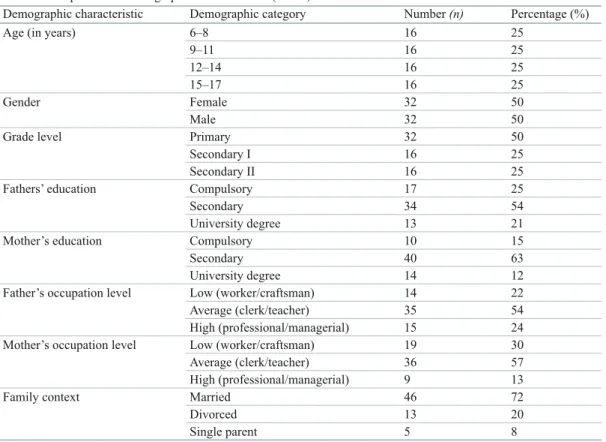
Psychological Well-Being of Children and Youth in Mexico
Attitude Resources Student ecomaps were coded based on the attitudinal resources as identified by the student. None of the high school students identified their teachers or school as a source of ambivalent attitudes. Sources of stress Stress was defined as any reference to risk factors or stressors present in the students' socio-cultural environment.
Despite a general awareness of the need for additional mental health resources, limited research has examined the culture-specific nature of the mental health needs of children and youth in Mexico (e.g., Wells et al., 2012).
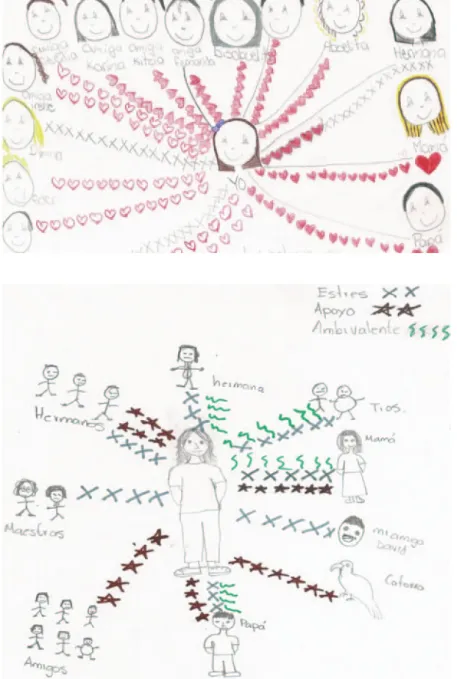
Promoting Psychological Well-Being in Puerto Rico
The Puerto Rico Health Department (Departamento de Salud de Puerto Rico, 2012) reported that 37.2% of children on the island live in female-headed homes, adding that “the impact of child poverty on health and well-being is well known” (p. 52) and is more common in single-parent families. The Puerto Rico Health Department Needs Assessment (Departamento de Salud de Puerto Rico, 2012) specifically states that “the major health problems [during adolescence] are related to unhealthy behaviors and psychosocial factors” (p. 57). The report notes that “the most common conditions seen in the office are: upper respiratory infections, obesity, and hyperactivity syndrome” (p. 57).
When you go out, you see mothers screaming at the little children and threatening to "break their faces". The child's socio-emotional health is negatively affected (p. 84).
Mapping Psychological Well-Being: The Case of
This indicates a basic dichotomy between the "inner" universe of the child (represented by the household and the family) and the "outer". There were more depictions of grandmother (22 vs. 12) and schoolmates (30 vs. 11) in the girls' drawings than in the boys' drawings. Out of 76 supportive relationships with members of the school environment, 26 appeared in the eco-maps of 6-8-year-olds.
To contextualize these responses to stress and support, it is useful to also consider children's and adolescents' concepts of the feelings they experience, especially happiness and sadness.

Psychological Well-Being Research with Children in
For example, "good student" was described by boys and girls in the groups 6-8 years and 9-11 years as "the student who studies well". For 12-14-year-old boys and girls, the "good student" was described as "the student who does his homework", "participates in school life" and "obeys school rules". The 15-17-year-old students described the "good student" as "responsible student or student who is able to use knowledge, listens to demands." The 6-8 year old group described characteristics of "bad student". In the younger school ages (6-8-year-olds and 9-11-year-olds), students again used external characteristics, for example, "the teacher who gives good grades does not abuse." Pupils in the age group 12-14 years old referred to both external and personal characteristics of the teacher, for example "explains clearly, also fairly." The 15-17 year old.
Descriptions of 'good friend' in the groups of 6-8 and 9-11 year old students showed that external characteristics predominate, for example 'the good friend walks and plays with me' or 'just with me'. ,” “can help with my homework if I don't know how to do it.” Similarly, the descriptions of “bad friend” were based on external characteristics, such as “fighting and taking offense.” The students in the 12-14 and 15-17 year old groups more often used personal characteristics to describe, for example, a friend.
Well-Being Among Slovak Adolescents
